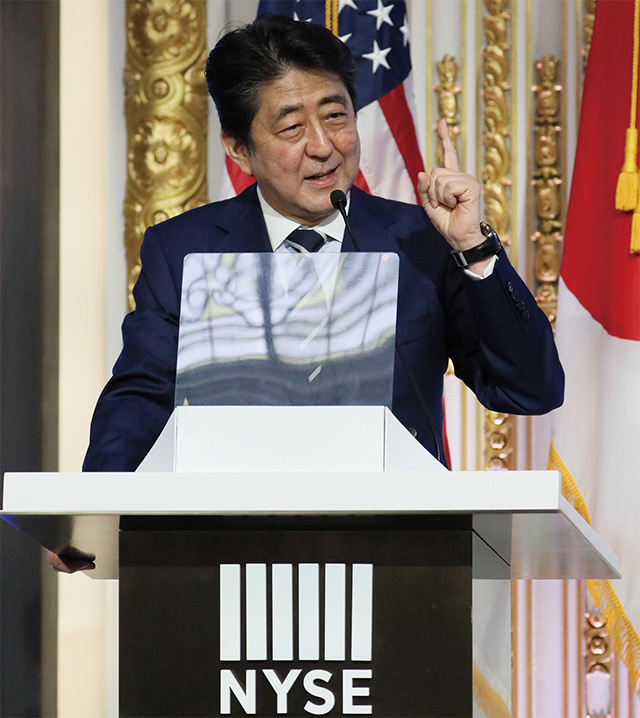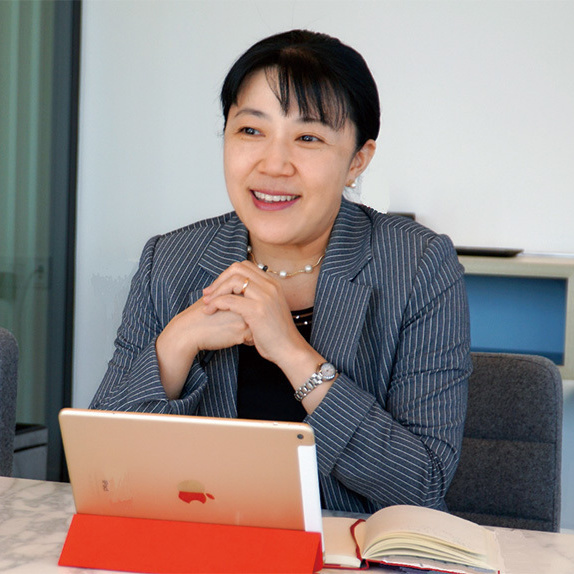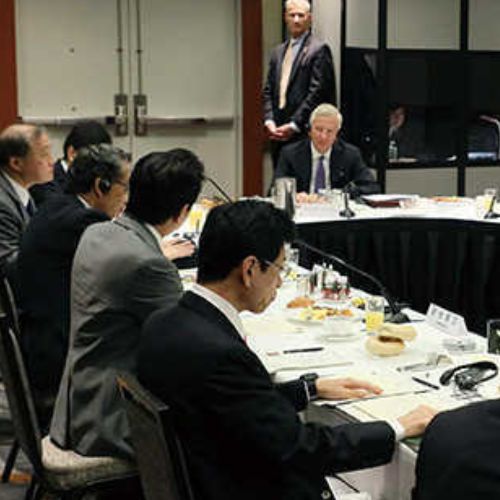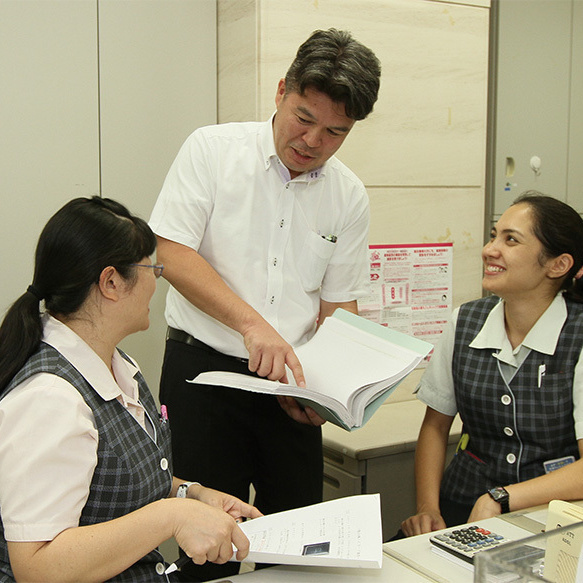Speech of the Prime Minister
Delivered at the New York Stock Exchange, Sept. 20, 2017
Four years of breaking down walls
In Japan, this month a young man in his twenties broke down a massive wall. Yoshihide Kiryu became the first Japanese ever to break through the “10 second barrier” in the 100 meters.
And I too have “walls” to take on. I will break down any and all walls looming ahead of the Japanese economy and map out a new trajectory for growth. This is precisely the mission of Abenomics.
First of all, we have to change Japan’s corporate culture. Two years ago, we drew up a corporate governance code. This resulted in the percentage of listed companies with two or more independent outside directors rising to 88% now, up from 17% five years ago. We also formulated a stewardship code to strengthen governance by institutional investors, and over 200 institutions have already accepted it.
Needless to say, the state sector must also change.
We have been moving forward in reforming our corporate tax to be growth-oriented. Over the past four years, we have lowered the tax rate by more than seven percentage points. Despite this lower rate, thanks to solid corporate earnings growth, annual corporate tax revenue increased by close to 7 trillion yen (63 billion dollars).
Moreover, we are casting off our inward-focused mindset and actively incorporating growth from around the world.
In July, we reached an agreement in principle on an Economic Partnership Agreement with the EU. And in the Asia-Pacific region, we are accelerating negotiations aimed at the early entry into force of the Trans-Pacific Partnership, or TPP, Agreement, by 11 nations.
We will use every means available to work to extend free, fair, rules-based markets across the world. Japan will continue to demonstrate leadership to this end.
We will assemble outstanding human resources in Japan from around the world. I have set up a “fast track” to conduct visa screenings for these professionals within 10 days and created a system by which they can obtain a green card after as little as a year.
The Japanese economy has now enjoyed positive growth for six consecutive quarters, for the first time in 11 years. Robust economic growth led by domestic demand is being realized through high levels of wage increases occurring four years in a row.
The productivity revolution
Now is the time for us to take on the greatest structural issues facing the Japanese economy—our biggest “walls.” Those “walls” are the rapidly progressing issues of an aging society with a falling birthrate and also a shrinking population.
We will raise the potential growth rate even in the midst of a decreasing population and simultaneously take steps to properly address the issue of a falling population. To make this a reality, I have been holding high the two banners of a “productivity revolution” and a “human resources development revolution.”
Dramatically improving the labor productivity of each individual will also cause wages to rise. Even with a shrinking population, we should be able to accelerate the speed at which we pull out of deflation.
Manufacturing and services workplaces will transform dramatically due to robots, artificial intelligence, the Internet of Things and other cutting-edge innovations. This is the productivity revolution.
We will support bold private sector investments by mobilizing our entire range of policies, including the tax system, the budget, and regulatory reforms.
Regulatory reforms
The latest technologies in regenerative medicine are about to change the world dramatically. Against that backdrop, many overseas companies from North America, Europe, Asia, and elsewhere are now coming to Japan, saying they want to conduct their clinical trials there.
It was four years ago that we carried out the bold regulatory reforms that the journal Nature evaluated as “the world’s fastest approval process.”
Through the emergence of new regenerative medicine technologies and the execution of bold regulatory reforms to address that situation, Japan is now the foremost country in regenerative medicine.
If we implement reforms anticipating those changes in the times, we will also be able to completely transform the global industrial map.
I want to establish a “regulatory sandbox system.” We will make a “sandbox” in which it is possible for certain participants to conduct trial and error freely on new businesses for a certain period of time, without conforming to existing regulations. This is the ultimate in regulatory reform.
I would like people from all around the world imbued with a venture spirit to come to Japan, by all means.
Women and the elderly
As society ages, the composition of the market will also naturally change. That is where new opportunities lie. The ones who can accurately grasp the needs within the expanding senior market are the seniors themselves. Half of the population is female. The particular perspective of women surely holds tremendous power in responding to their needs.
Thanks to our holding high the banners of “womenomics” and staying active throughout one’s life, and creating environments in which it is easy to work, over the last four years the employment rates of women and of people over the age of 65 are both up by three percentage points. As a result, although the population of Japan has decreased by 700,000 people, we have been able to increase the number of people employed by 1.85 million people.
The revolution on developing human resources
I will undertake drastic reforms to what the Japanese economy and society should be like on the assumption of an era of a 100-year life span. For Abenomics, that will be the biggest test of all.
First of all we will press forward with reforms to the employment system.
The long-held value that working long hours is good must be fundamentally changed. As for treatment such as wages, it is necessary to introduce a structure that evaluates workers’ abilities rather than their form of employment.
Next are reforms to the social security system. Social security until now has had as its central focus benefits paid to retired seniors. We will redirect this focus to the working generation to a greater degree. We will reform it to become a system oriented to all generations. We will enhance childcare and nursing care services further to prepare an environment in which the working generation finds it easy to balance employment with these other responsibilities. We will work to provide free preschool education and provide an environment in which it is easy to raise children.
There are also reforms to the education system. We will make higher education effectively free for children from low-income households. We will make it possible for someone to receive practical vocational education and take on the challenge of a new job no matter how old he or she becomes. In order to create that kind of society, we will considerably enhance recurrent education.
We will create opportunities for all, both old and young and women and men alike. I named this kind of reform package the human resources development revolution.
Passion and a sense of responsibility
Some of you might be harboring the question, can I really accomplish the major reforms I spoke about today?
But I will absolutely achieve them. I will reform Japan without averting my eyes from our greatest challenges of a dwindling birthrate, an aging society, and population decline. I will be second to none in terms of that passion and sense of responsibility.
I am reminded of the words of NBA legend Michael Jordan. He said, “I can accept failure. Everyone fails at something. But I can’t accept not trying.”
I too will continue to stay forward looking and take the offensive. No matter how hard the challenge, I will fight on looking to the future and never fail to deliver results. I will take on these issues with a strong sense of resolve.






























